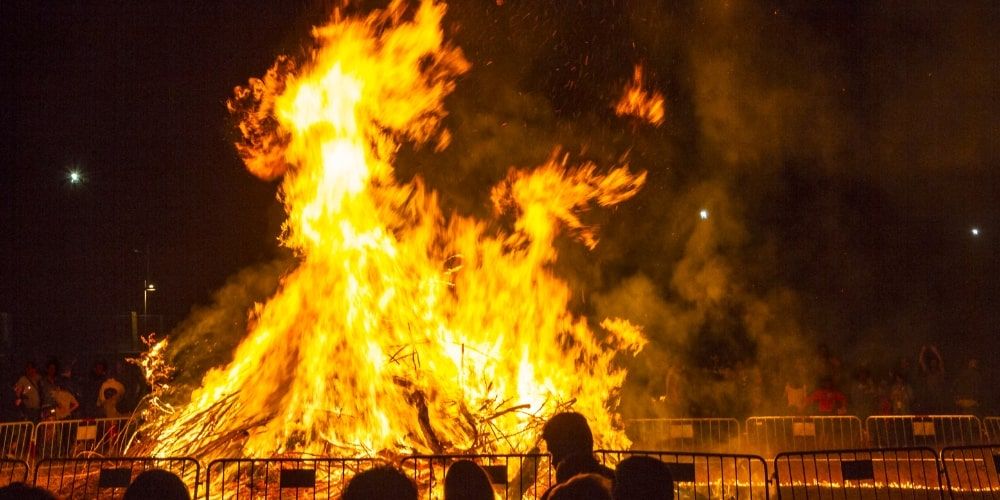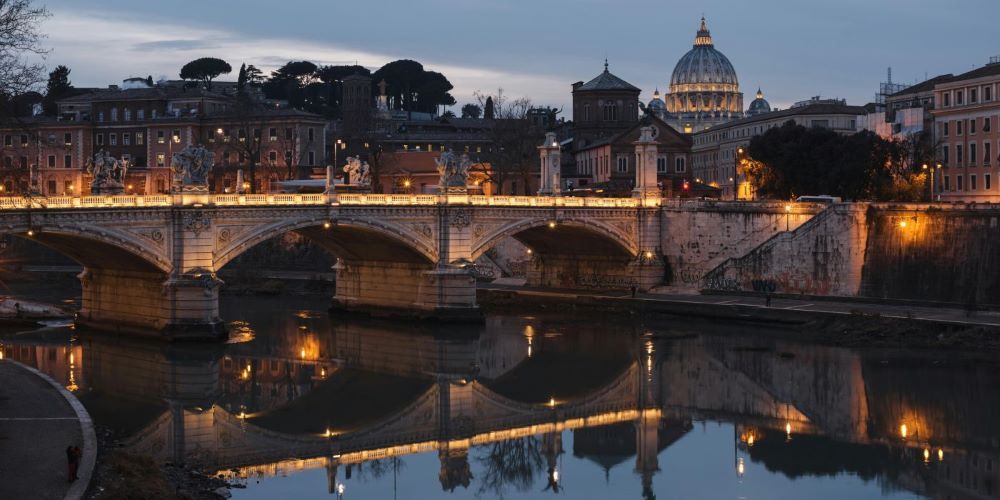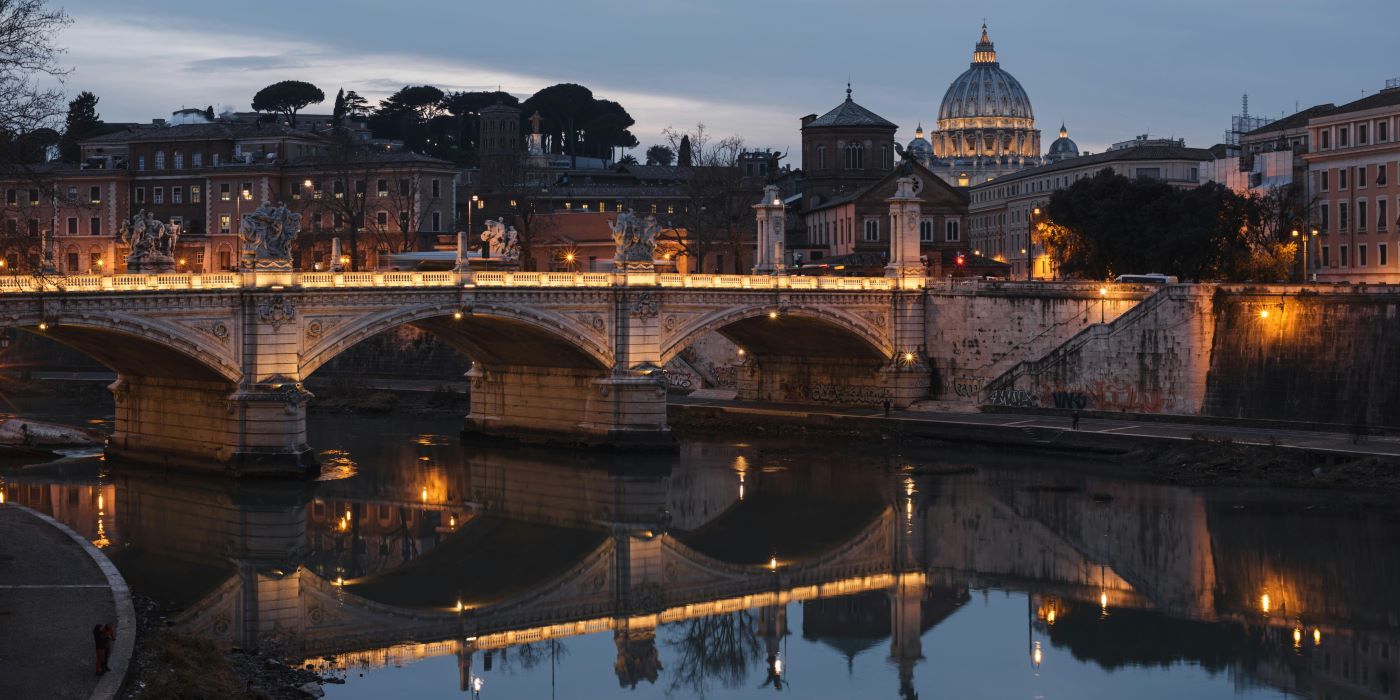It is one of the most magic and spiritual night of the year, the Saint John's night which, in the ancient times, marked the begging of the summer, the shortest night of the year when the light of the sun wins its battle against the darkness. During that night, known in the past also as the night of the witches, people used to celebrate with fires, lights and sound of drums to push away the spirits of darkness. Let's discover together the legends and the rituals which make this feast so special.

The ancient rural feast of Saint John’s night in Italy

Nowadays the begging of summer is astronomically recognized to fall on the 21st of June with the shortest night of the year because of the summer solstice, yet in the past without all the scientific information people believed the harvest season to start on the day dedicated to Saint John, the 25th of June, and the night before was full of meanings and traditions. This is reason why the Saint John's night was celebrated for centuries in many parts of Italy as a very heartfelt feast, with rituals and traditional foods prepared to mark the night before the 25th of June.
1. The legend behind Saint John's night

As many other traditional Italian feasts, in the Saint John's night the pagan rituals have been linked to the Christian celebrations giving birth to a unique event which origin has been lost in the midst of time. The legend behind this night relates that, every year, the night before the 24th of June witches meet each other to go together to their great Sabba, the meeting with the Devil. For the agriculture, these days of June are crucial for the wheat harvest, which explains why, in the past centuries, people believed they had to protect their yield from the evil spirits. After the Christianization, the 24th of June became the Saint John's day, exactly six months before Christmas, and during this night people used to light fires and candles in order to illuminate the darkness with the light of God. The tradition to light fires in the night between the 23th and 24th of June is still present in many parts of Italy, in order to celebrate the begging of the summer with firework shows.
Discover Turin the most esoteric city in Italy2. The Saint John's district in Rome
Even though the festival of Saint John's night was celebrated in the past in many parts of Italy, it is in Rome where the tradition and rituals for this magic night were born and raised, especially in the district of Saint John. It was at the limit of the Asinara door, with the Roman walls meant to protect the eternal city, where the witches tried to enter in the night between the 24th and the 25th of June before going to Benevento. After the Christianization of Rome, that southern area of the city became one of the by most important religious district, the place where to pray Saint John against the devil thanks to the presence of the Saint John's cathedral, the Sancta Sanctorum and the Holy Stairs located a few meters from each other. For centuries (and until recent times) the Saint John's night used to be a magical festival for the locals of the Saint John's district, a patronal feast celebrated all night long on the 24th of June.
Visit the Saint John's cathedral with usa3. Roman style stewed snails
It is a traditional poor plate of the roman cuisine - the stewed snails cooked for the festivity of the 24th of June and for this reason called also the Saint John's snails. Slowing cooked at least for 2 hours with tomato sauce and aromatic herbs typical of the end of the springtime such as the calamint (a kind of mint which exalts the taste of snails), this plate is also known as the Roman style stewed snails. It is one of the most characteristic dish of the poor Roman cuisine still popular and appreciated, the Saint John's stewed snails, after a long work of cleaning and purging, must be cooked with their shell. The great availability of snails after the typical spring storms and, overall, the shape of the snails with their horns, which so closely remember those of the devil, explain why this this poor plate has become one of the food prepared to celebrate the Saint John's night in Rome.
Discover the secrets of roman cuisine4. Saint John's water
One of the most important propitiatory rites linked to the ancient rural festival of Saint John's night is the so called “Saint John's water”, celebrated after the sunset of the 23th of June. To respect the tradition, it must be used a pot in glass or copper, putting into the fresh water flowers and herbs gathered after the sunset and found in gardens or parks: St. John's wort, mallow, rose, mint, lavender, mugwort, sage, rosemary, poppy, daisy and elderberry. The pot must be left outside the window in the night between the 23th and the 24th of June to give the flowers the opportunity to be wet by dew of the gods. According to the tradition, the Saint John's water is perfect to clean hair, hands and face and it is probably one of the ritual still nowadays celebrated to respect the Saint John's night.
5. Other traditions linked to the Saint John's night
Even though the Saint John's water is the most important and known ritual linked to the Saint John's night, in Rome, as well as in other Italian regions such as Tuscany, Calabria, Emilia-Romagna and Trentino Alto Adige, there existed (and still exist) many other rituals to celebrate this ancient rural festival. For example, the rite of the three beans is useful to know if a girl will get married, the Saint John garlic helps to keep away witches and devils while burning the thistle is considered a good auspice for love affairs. However, the most known products still made in Italy for the Saint John's night are nocino liqueur (from Emilia-Romagna), made with green nuts green, and the Saint John's wort oil, a medical essential oil typical of many Italian regions.
About the author
Written on 13/06/2024



Elisa Verrazzo
Discover 5 interesting facts about the ancient tradition of the Saint John's night, a rural feast still celebrated nowadays.